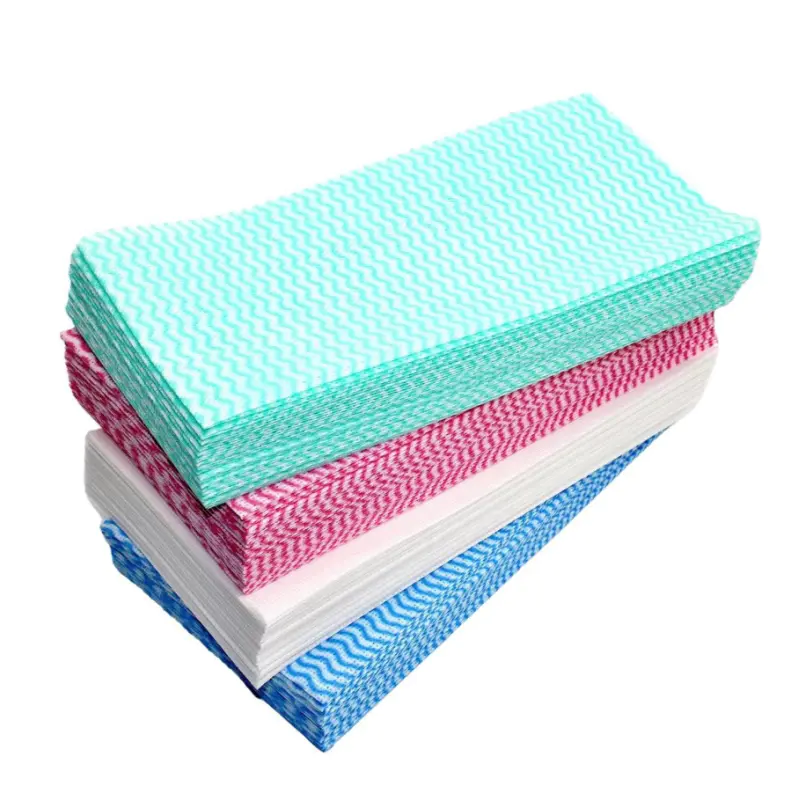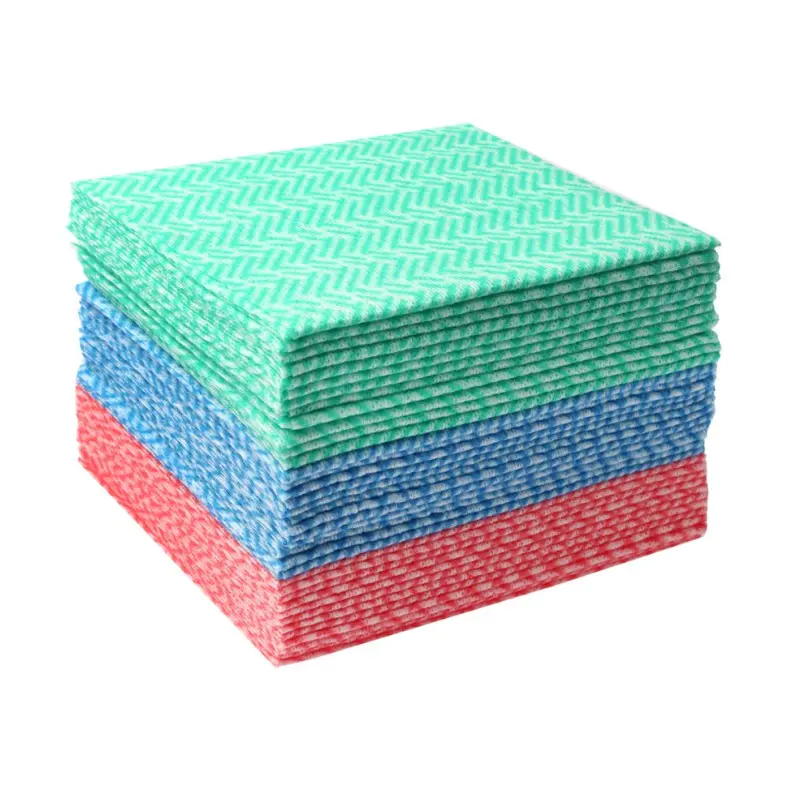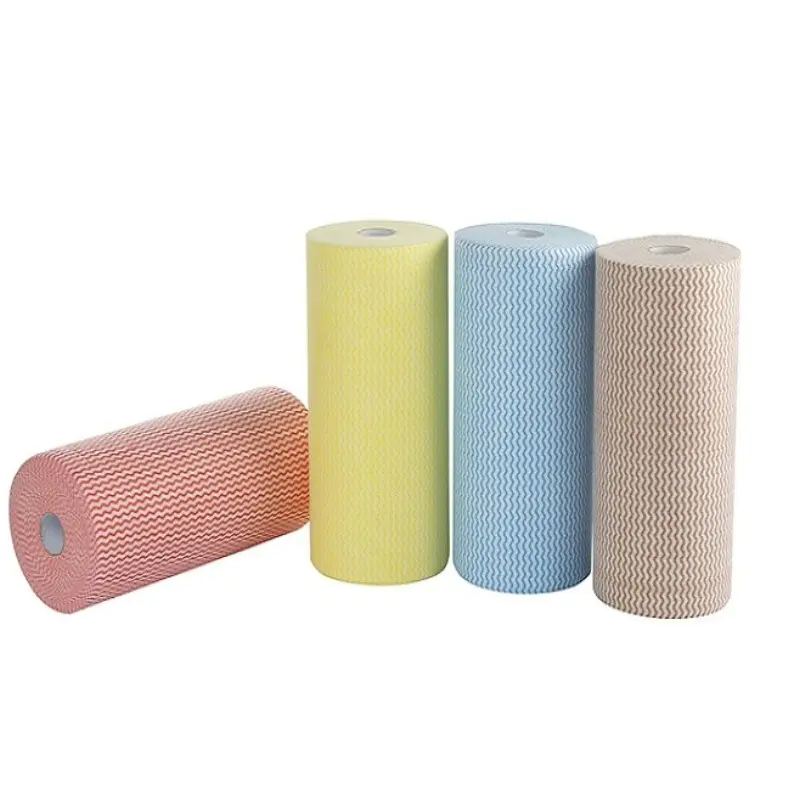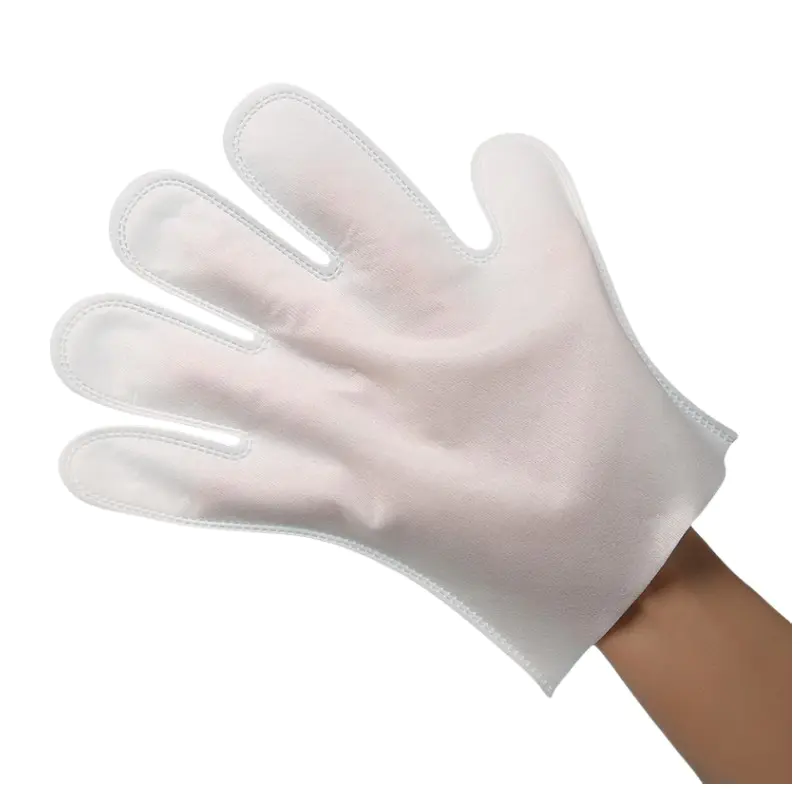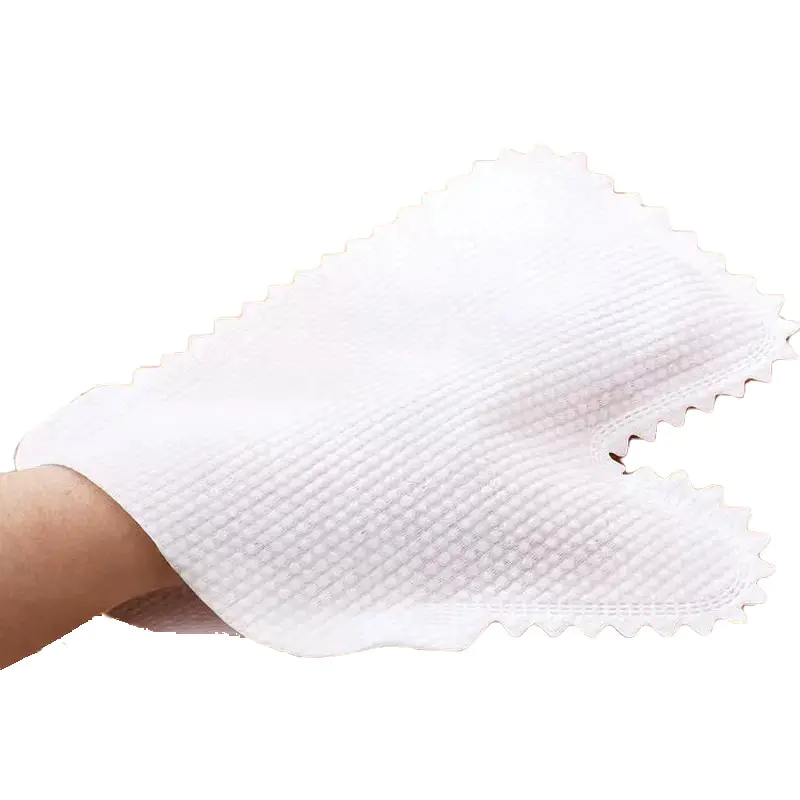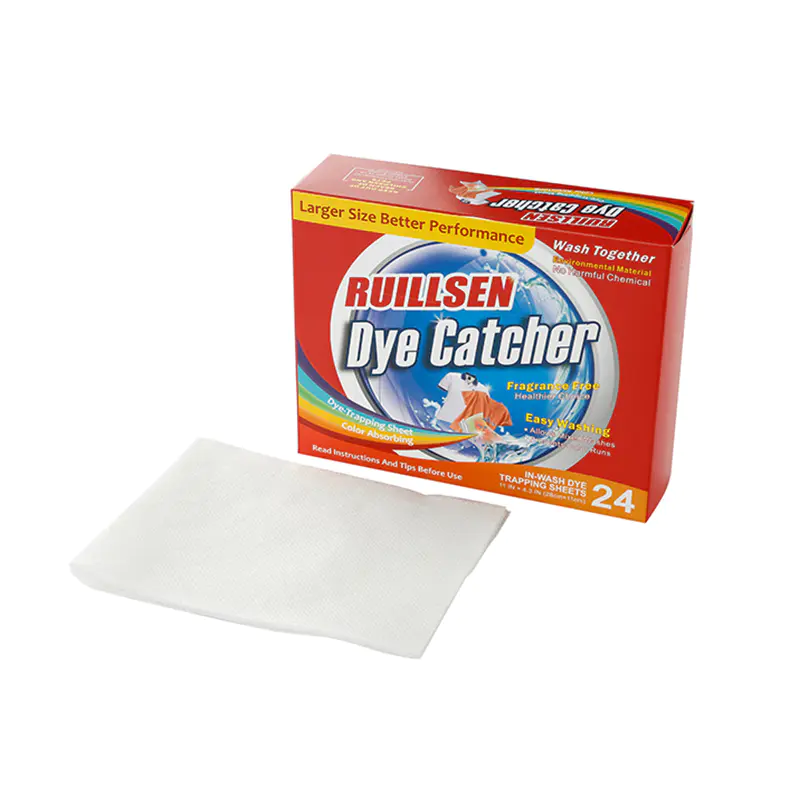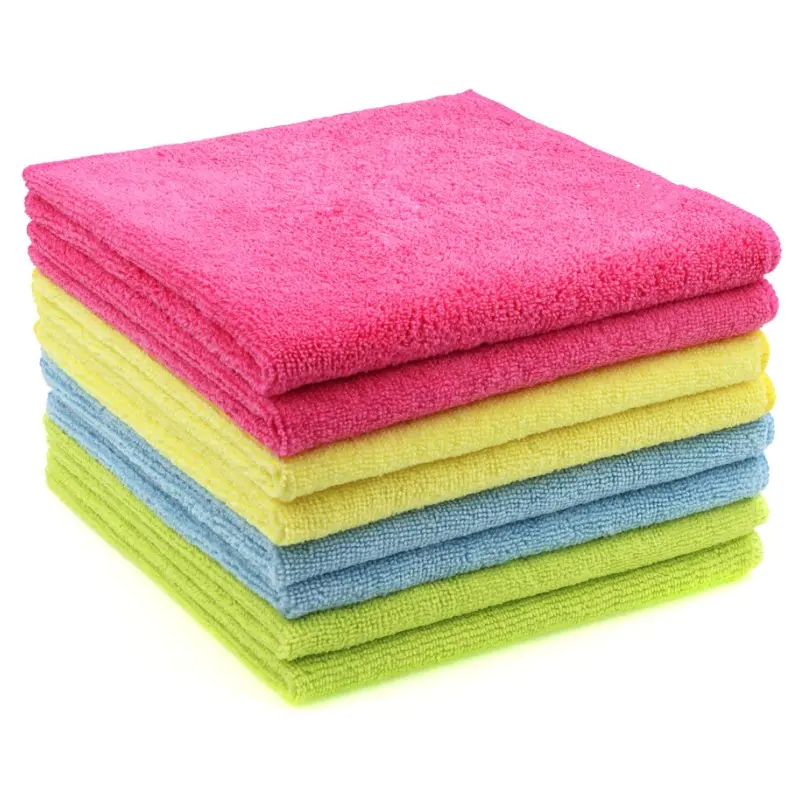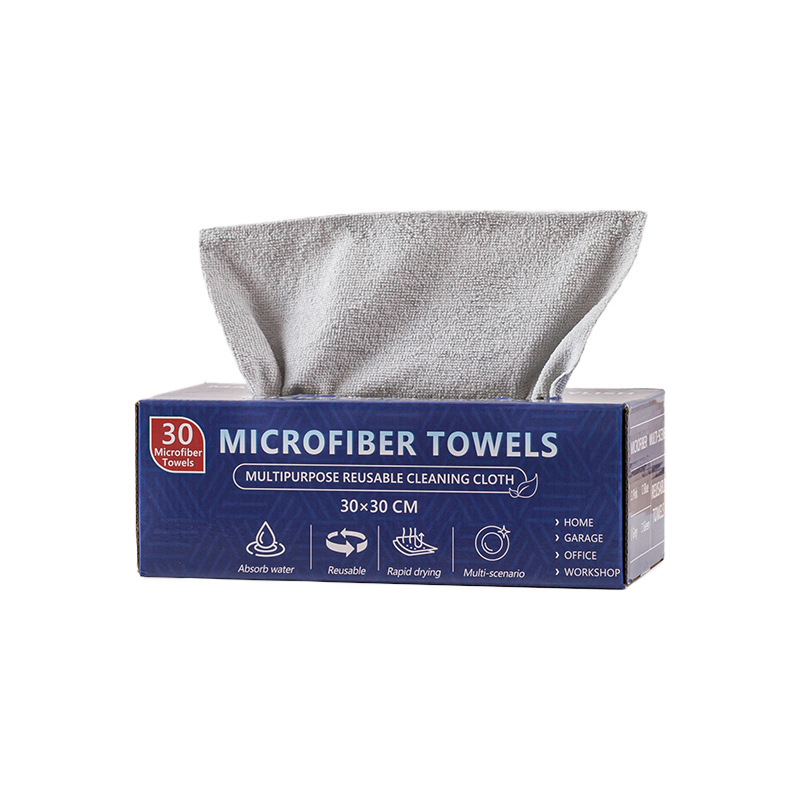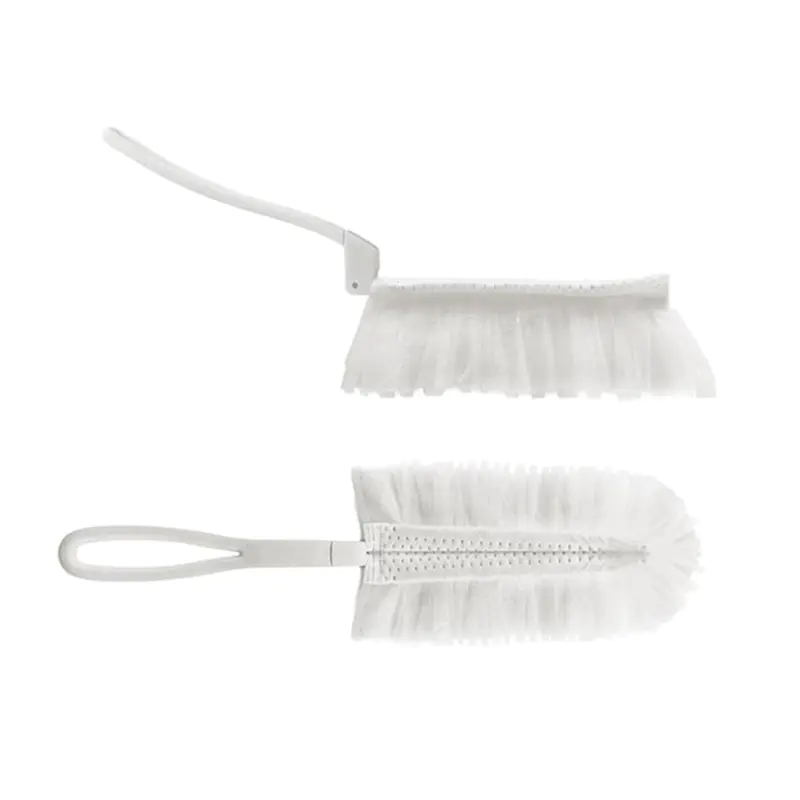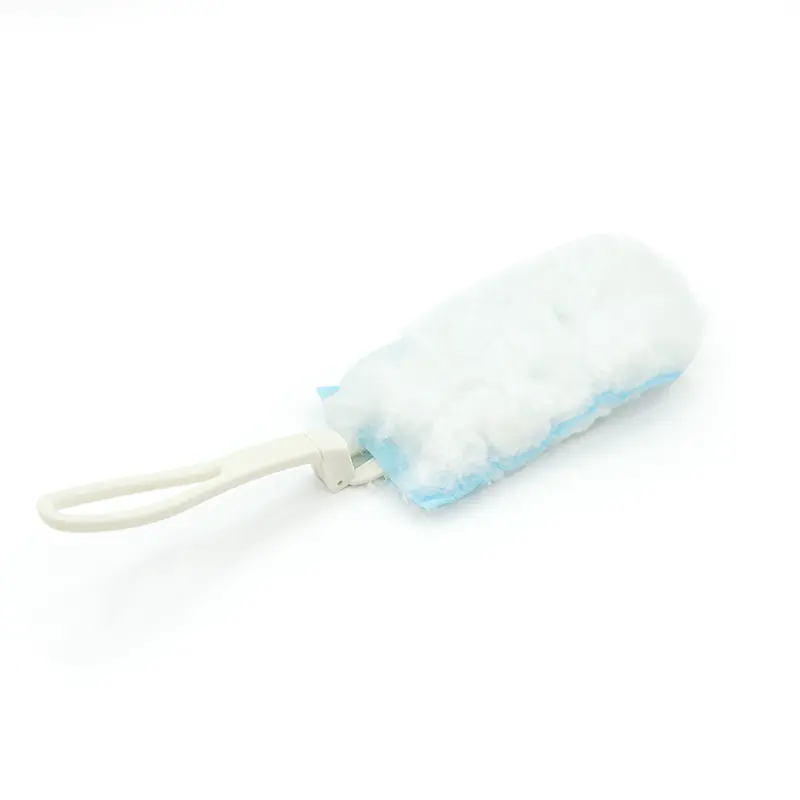Mop refills are an essential component of any cleaning routine, providing a practical and cost-effective way to maintain floors without replacing the entire mop. One of the most common questions from consumers is: Are mop refills absorbent? Absorbency is a critical factor that determines how efficiently a mop can clean up spills, dirt, and liquids. The answer depends on the material, design, and intended use of the mop refill.
1. Material Matters
The absorbency of a mop refill largely depends on the materials used:
Microfiber: This is the most popular material for modern mop refills. Microfiber consists of extremely fine synthetic fibers that can hold several times their weight in water. It is highly effective at picking up both liquid spills and fine dust.
Cotton: Traditional cotton mop heads are naturally absorbent and work well for wet cleaning. Cotton can soak up a large amount of liquid but may take longer to dry and may harbor bacteria if not properly cleaned.
Sponge or Foam Inserts: Some mop refills use sponge layers to increase absorption. These are excellent for quickly soaking up water but may wear out faster under heavy use.
High-quality mop refills often combine multiple materials to balance absorbency, durability, and ease of cleaning.
2. Design and Structure
Absorbency is not only about material but also the design of the mop refill:
Looped or Striped Fibers: Mop heads with looped or striped fibers increase surface area, allowing them to hold more liquid and trap debris more effectively.
Flat vs. Strip Mops: Flat microfiber mop refills are great for spreading liquids evenly and picking up dust, while string or strip mop refills can absorb more water quickly in localized areas.
Layering: Some mop refills have multiple layers of fibers, enhancing their ability to hold liquid without dripping.
A well-designed refill maximizes contact with the floor, improving both absorbency and cleaning efficiency.
3. Performance and Usage
In practice, absorbency affects how well a mop refill can handle different cleaning tasks:
Spill Cleanup: Highly absorbent mop refills can soak up spills rapidly, reducing the need for repeated passes.
Floor Washing: For mopping large areas, absorbent fibers retain water and cleaning solution long enough to scrub effectively before wringing.
Dust and Dirt Pickup: Microfiber mops not only absorb liquids but also attract dust and debris due to static electricity, enhancing cleaning efficiency.
Using the correct mop refill for the type of floor and cleaning task ensures optimal absorbency and performance.
4. Maintenance and Longevity
To maintain absorbency over time, proper care is essential:
Regular Washing: Microfiber and cotton mop refills should be washed regularly to remove dirt and residues. Avoid fabric softeners, which can reduce absorbency.
Drying: Air-drying is recommended to prevent mildew and maintain fiber structure.
Replacement: Even high-quality mop refills lose absorbency after repeated use. Replacing worn refills ensures efficient cleaning.
Proper maintenance preserves both the mop refill’s absorbency and hygiene.
5. Conclusion
So, are mop refills absorbent? Yes, especially high-quality microfiber or cotton mop refills. The material, fiber structure, and design all contribute to how much liquid the mop can hold and how efficiently it cleans. Highly absorbent mop refills make it easier to handle spills, perform wet cleaning, and maintain dust-free floors. Regular maintenance and timely replacement ensure that the mop refill continues to perform at its best, making cleaning faster, more effective, and more hygienic.
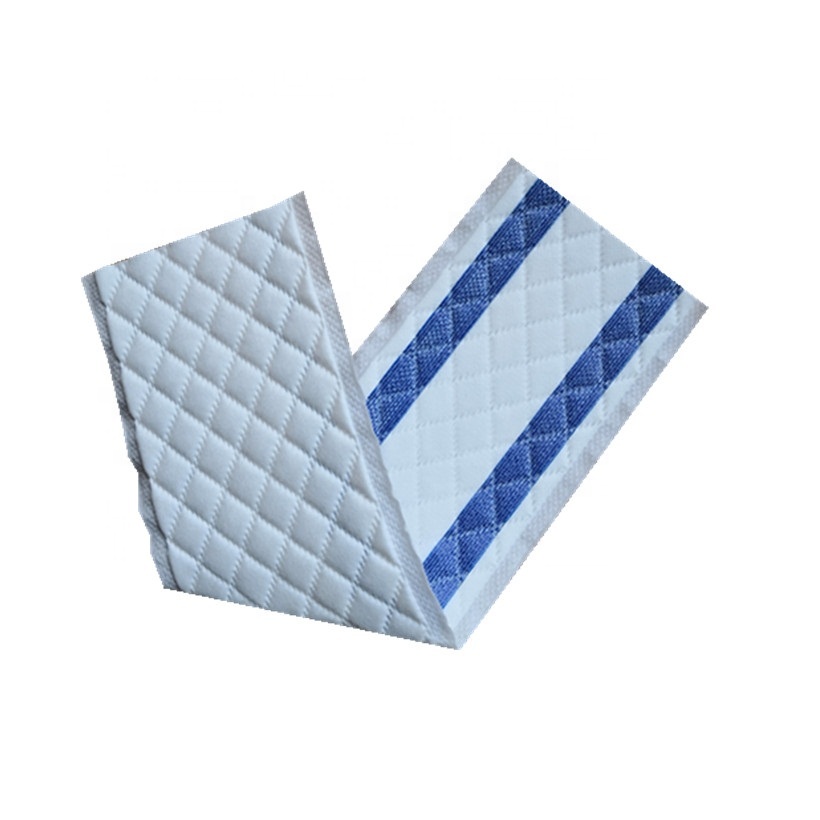

 English
English Español
Español